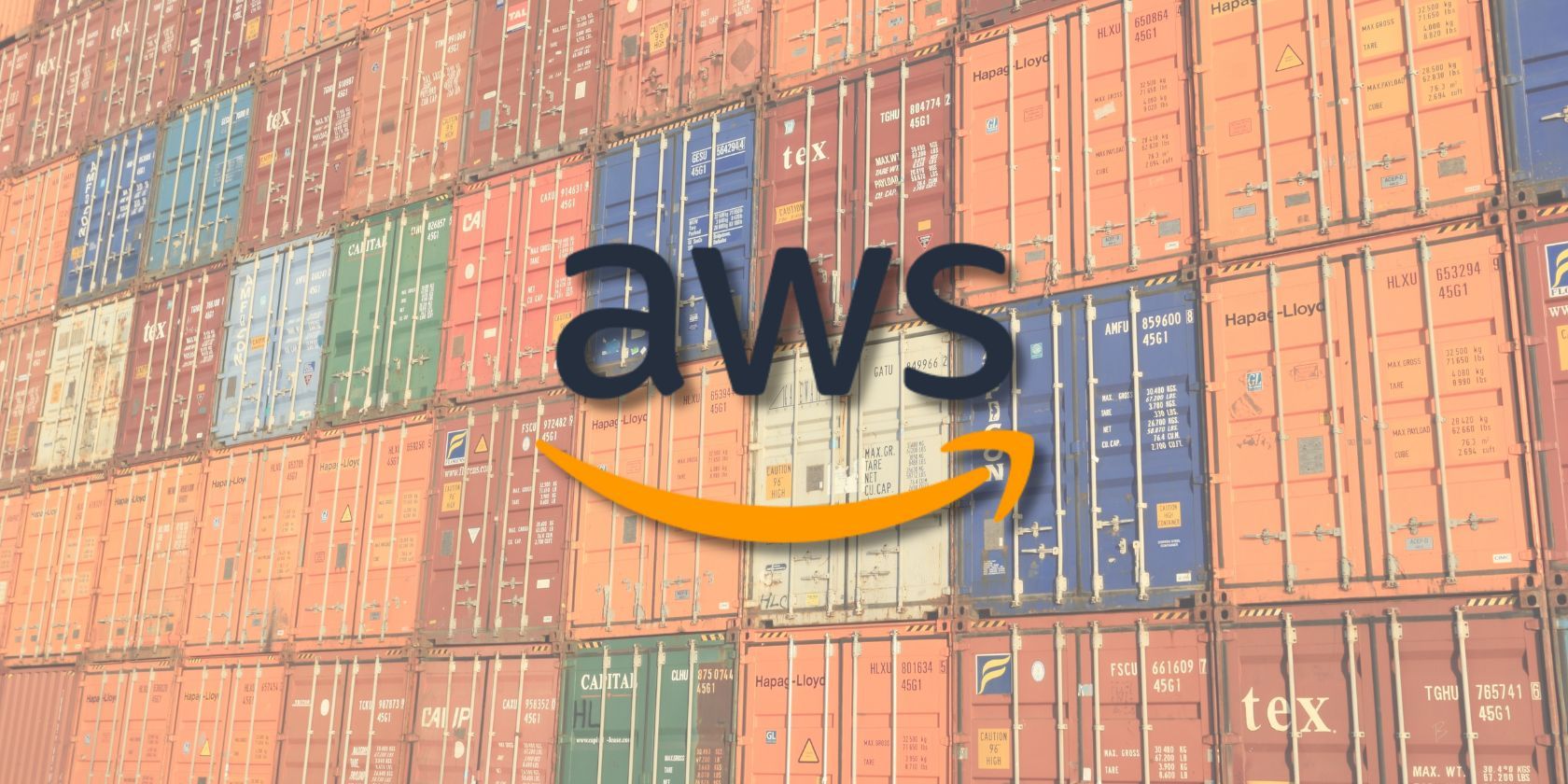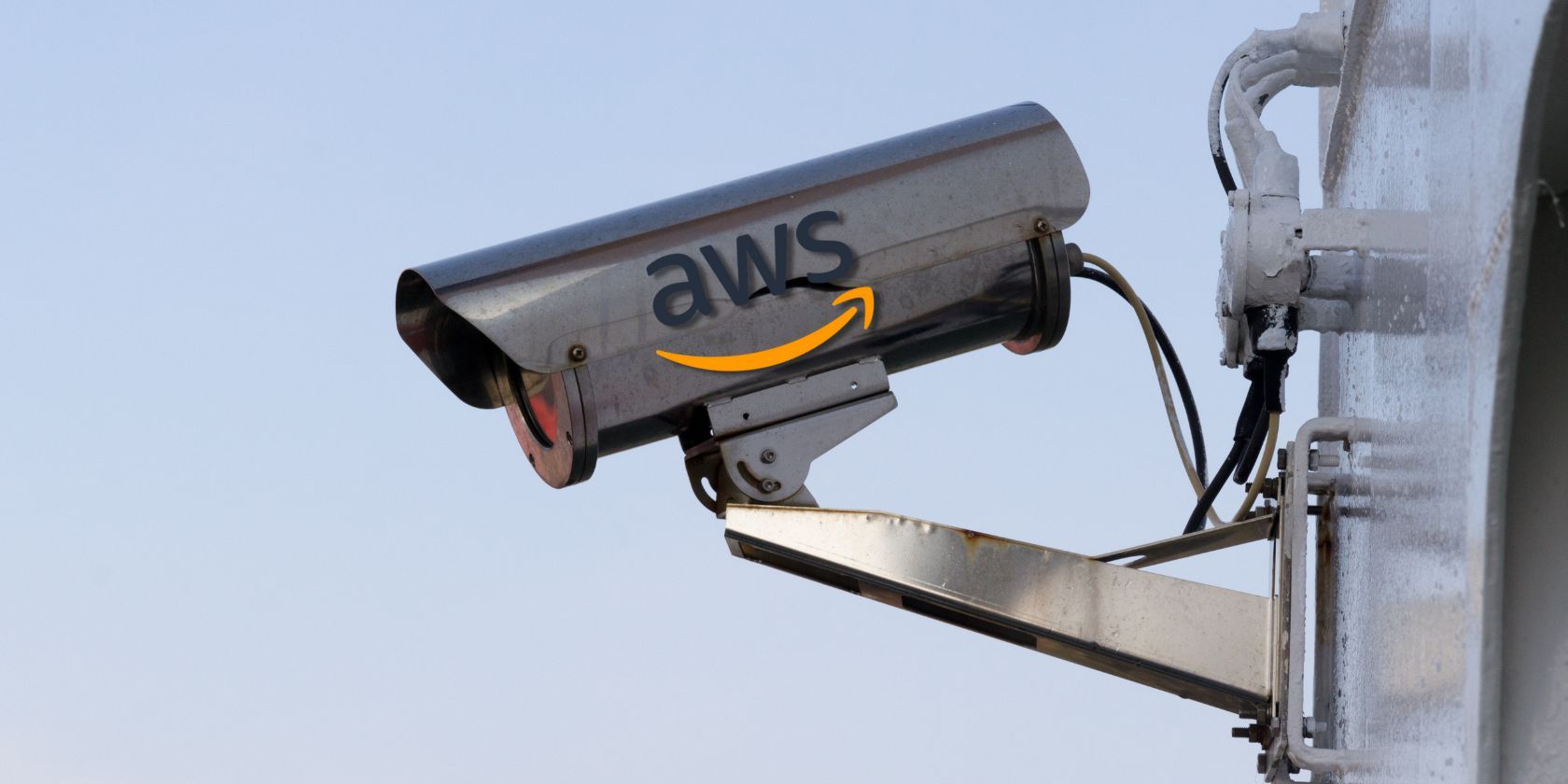Cloud computing creates a more convenient workflow as you can run an entire operation remotely. This enhances productivity, allowing you to work with the best hands without geographical barriers. But there are concerns about its high volatility which makes one wonder if it's worth it.
AWS container security assuages fears about cloud-based services by tightening loose ends with strict policies and governance. Learn more about this advanced technology including how it works and its benefits.
What Is AWS Container Security?
Cyberattacks impact networks severely because their components share the same infrastructure. Any harm to one is harm to all. If they had independent systems, the impact would be minimal. It’s on this premise that we have containers—software units that enable various applications to function independently.
The process of securing your containers is called container security, and that’s where Amazon Web Services (AWS) container security, a cloud-based platform with storage and other computing services, originated. It offers cloud security to people and organizations that want to leverage cloud services but with shared responsibilities.
How Does AWS Container Security Work?
AWS container security is a two-way street. Although Amazon owns the platform, there’s a limit to the services it offers. It takes full responsibility for securing the cloud and its infrastructure. In addition to securing the cloud environment, Amazon offers secure tools and applications that you can use to enhance your operations. As a user, it’s your responsibility to secure your container and its content.
If you are using AWS container security, your responsibility includes the following.
Secure Your Host Operating System
Several people use the same operating systems (OS) on AWS. If an intruder manages to attack the host OS, it can easily access the multiple containers on it, including yours. To prevent that from happening, you must prioritize its security.
An effective way to secure your host OS is to gain complete visibility of all interactions happening within it, so you aren’t in the dark about threats and vulnerabilities. Your best bet to be in the know is to deploy threat monitoring tools to track activities within your system. That way, you can detect malicious or harmful vectors looking to cause damage.
Implement Access Controls
Cyberattacks of all sorts boil down to access. When more people can access your containers, the chances of them suffering a breach are higher. Limit your containers' access to the barest minimum. In situations where certain people must enter them, restrict their access to the specific areas of concern.
As part of container development and maintenance, you may need to have engineers work on your containers. It seems understandable to grant them full access including administrative privileges, but that can backfire. Identify the areas where they need to perform their tasks beforehand and restrict their access to those areas.
Ensure that you review your access controls and privileges regularly, especially as the people you work with change along with their roles. You don’t want people having access to your data when they are no longer working with you.
Scan Images for Vulnerabilities
The images in your containers are an avenue for threat actors to enter and compromise your network. AWS provides acceptable image standards to avoid related security breaches. If you fail to uphold this, especially with misconfigured images, you open up a window that intruders can exploit.
Follow the AWS container image requirements to the T in the development phase to ensure that only approved images make it to your containers in the first place. Some images may develop faults during operations, so scan them regularly to detect any issues and fix them immediately before they escalate.
AWS recommends effective software you can use to scan your images periodically to maintain the highest standards. If you can’t perform the scanning yourself, you can work with credible vendors who are experts in that area.
Prioritize the Security of Your Secrets
Secrets refer to highly sensitive information such as API keys, passwords, certificates, etc., that you use to access your network. These secrets are your passports for cultivating and maintaining a safer container environment.
Make it a rule of thumb to not disclose your secrets to anyone, especially when your operations don’t depend on them. Amazon encourages you to store the information in its AWS Secrets Manager. If you don’t want to use the in-app secrets manager, you can use a credible Identity and Access Management (IAM) software of your choice.
What Are the Benefits of AWS Container Security?
AWS container security offers you an opportunity to leverage cloud computing to the maximum. You get to store all your applications, files, and related resources in one platform to enhance your operations. Here are other benefits of using the service.
Availability of Multiple Security Layers
Cloud computing creates new opportunities for cyberattacks. Since anyone with access rights can enter your network remotely, cybercriminals deploy several techniques to gain those rights, even if it means using brute force to maneuver your password.
With misconfigurations being a major weakness in cloud security, it’s inevitable for such loopholes to occur and expose your data. AWS container security offers multi-layered security to address common cloud vulnerabilities. It has a standardized policy and governance that doesn’t only secure container data but also helps you comply with regulatory requirements in your industries.
The isolation of software in different containers minimizes the effect of cyberattacks. A strike on one container doesn't affect all your applications—they can still function optimally even when the target container is badly hit.
High Performance and Speed
AWS containers are reputable for the high performance and speed they avail applications in them. Since the devices are lightweight, the software in them is no different, making them very easy to deploy. Each application has an independent infrastructure, removing lags that may arise from combining multiple applications in one system.
You have the liberty to determine the performance speed of your apps by ensuring that all components such as the container images are of small sizes to avoid longer processing times. Keeping the applications as light as possible and allowing room for unused space in the containers increases the performance speed even further.
Efficient Use of Resources
Given that each container has an independent infrastructure, one would think that they would have their operating system, but that’s not the case. If you were to provide an OS for each of your containers, you’d have to incur more development, operational, and maintenance costs—these would eat deeply into your budget.
AWS container security allows you to run multiple containers on a single OS. You can manage your resources better by measuring the amount of memory each container needs and allocating the memory accordingly, so they can all run on the same OS.
When you compare a container’s operational memory to that of a virtual machine (VM), you’ll find a significant difference that makes the former more economical. A container can function optimally with just a few megabytes while a VM needs multiple gigabytes.
Enhance the User Experience With AWS Container Security
Enhancing the user experience is at the center of AWS security. Users get to enjoy high-level security as their containers and accompanying data are secure. If there's a breach on one end, other applications continue to function without altering the user experience with downtime.



